
Strategic workforce planning is more important than ever for businesses wanting to stay ahead. A study shows 83% of companies worldwide are working to improve their workforce planning. This highlights how crucial it is to align workforce strategies with business goals. In this guide, we'll walk through the key steps in strategic workforce planning. This process not only looks at your current workforce but also predicts future needs and spots any gaps. We'll explore how using technology and analytics can help create strong workforce strategies and manage change smoothly. Whether you're an experienced HR pro or a curious business leader, this article will give you the insights you need to tackle workforce planning with confidence. Let's dive in and get your organization's workforce ready for the future!
Summary: This article describes strategic workforce planning, its significance, and the process of analyzing current workforce and business goals, forecasting future needs, and developing strategies. It also covers leveraging technology, managing change, and addressing workforce planning in the context of emerging trends.
Strategic Workforce Planning: Definition and Importance
What is Strategic Workforce Planning?
Strategic workforce planning (SWP) ensures you have the right people with the right skills when needed. It involves looking ahead, typically three to five years, to anticipate your workforce needs. SWP is crucial for future business planning.
The process begins with evaluating your current team, determining your future goals, and devising strategies to achieve them. This approach helps companies remain flexible and competitive by aligning their talent plans with long-term objectives.
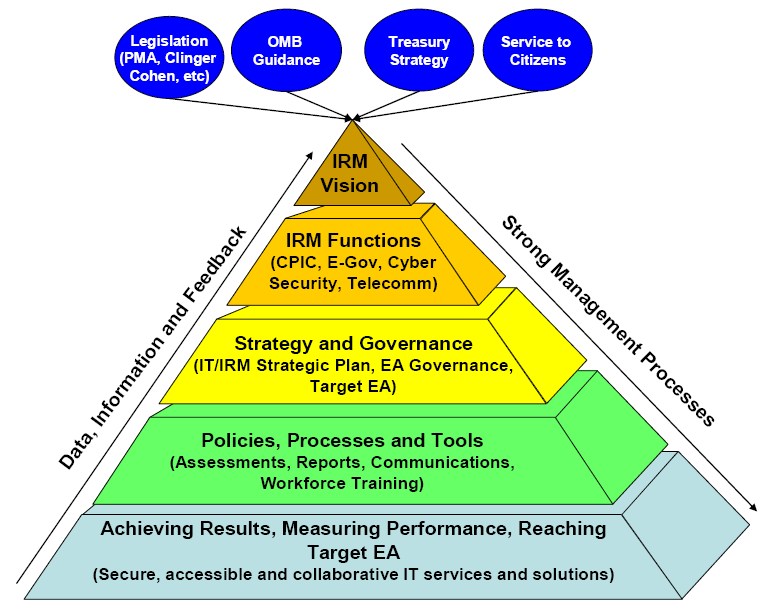
For instance, a finance team might utilize SWP to forecast future skill requirements and align hiring plans with business goals, transitioning from merely tracking headcount to proactively managing talent.
How Strategic Workforce Planning Drives Business Success
Workforce planning ensures you have the right number of skilled individuals at the right time to achieve your objectives. It enhances performance by improving decision-making and aligning business goals with people strategy. This involves reducing labor costs, meeting customer demands, and maintaining employee satisfaction and productivity.
SWP also enables companies to adapt to rapid technological and market changes, maintaining flexibility and competitive advantage. Organizations that develop robust SWP capabilities can surpass those adhering to outdated methods. Leveraging data and AI in planning enhances accuracy, reduces costs, and addresses skill gaps.

For example, if a company anticipates new regulations, they might employ AI-driven workforce planning to adjust their talent strategies, ensuring stability.
- Strategic workforce planning
- 7 Rs of workforce planning
- Workforce planning and business strategy
- AI-powered workforce planning
Evaluating Workforce Capabilities for Strategic Workforce Planning
Assessing Skills and Future Needs
To begin strategic workforce planning, it's essential to thoroughly evaluate your current team. Consider the following:
- Current Skills: What skills do they possess?
- Future Needs: What skills might you need in the future?
By conducting this assessment early, you can identify any talent or skill gaps and take proactive measures, such as training or role adjustments. Regularly monitoring your team’s skills ensures you have the right people with the necessary skills when needed. This practice is crucial, especially in fast-evolving industries like technology. For example, a tech company might routinely assess their software developers for skills in emerging areas such as AI and cloud computing and subsequently organize training to bridge those gaps.
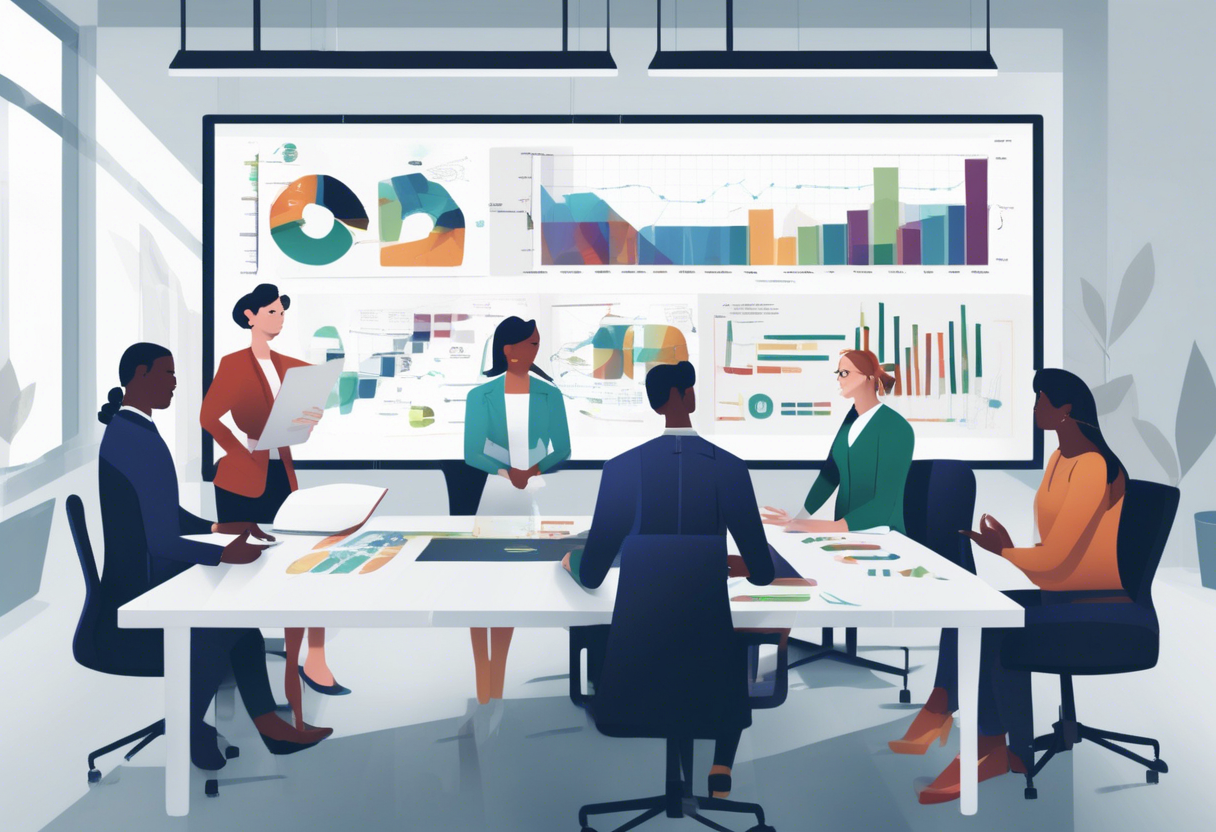
Integrating Workforce Planning with Business Goals
Connecting workforce planning to your business objectives ensures your staffing aligns with your long-term plans. This alignment enables you to:
- Hire Smarter: Attract the right talent.
- Optimize Staffing Levels: Avoid overstaffing or understaffing.
- Control Costs and Boost Efficiency: Keep operational costs in check.
By integrating workforce planning into your business strategy—often through scenario planning—you prepare for future challenges, looking three to five years ahead. This approach helps build a flexible team capable of adapting to market shifts and technological advancements, maintaining your competitive edge and achieving your goals. For instance, a manufacturing company might synchronize its workforce strategy with its business objectives by ensuring it has personnel skilled in automation and robotics, aligning hiring and training with production targets.
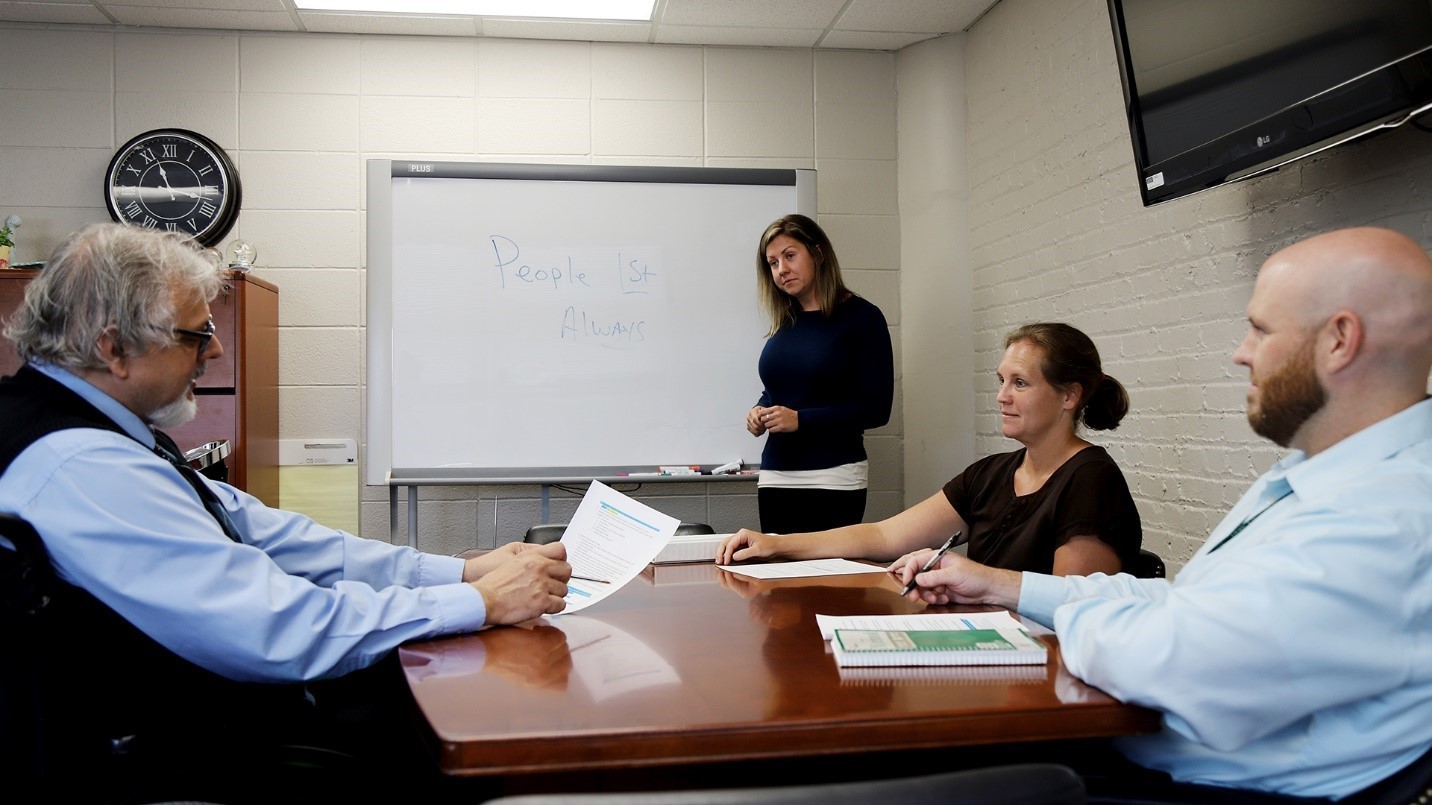
For further reading, explore these resources:
Strategic Workforce Planning: Forecasting Future Workforce Needs
Strategic Workforce Planning: Identifying Future Talent Needs
Strategic workforce planning begins with an in-depth evaluation of your current workforce. This involves analyzing skills, roles, performance, demographics, and potential to identify strengths and weaknesses.
Next, align your talent needs with the business's future goals by considering:
- Growth plans
- Market trends
- Potential challenges
This alignment ensures you have the right people with the right skills at the right time. Scenario planning is crucial here, allowing you to envision what your workforce needs might be three to five years down the line.

Incorporating new technologies and market shifts will shape your future direction and skill requirements. Leveraging AI and data-driven tools enhances the accuracy and flexibility of predicting these needs, enabling you to identify gaps before they become issues.
Scenario Planning for Workforce Flexibility
Scenario planning involves preparing for various potential futures, whether facing an economic downturn or a tech surge. Market analysis plays a vital role, helping you understand external factors like industry trends and competitor activities that influence workforce needs.
Strategic planning maps out the journey from your current state to your desired future, identifying necessary strategies, investments, and changes to bridge any gaps.
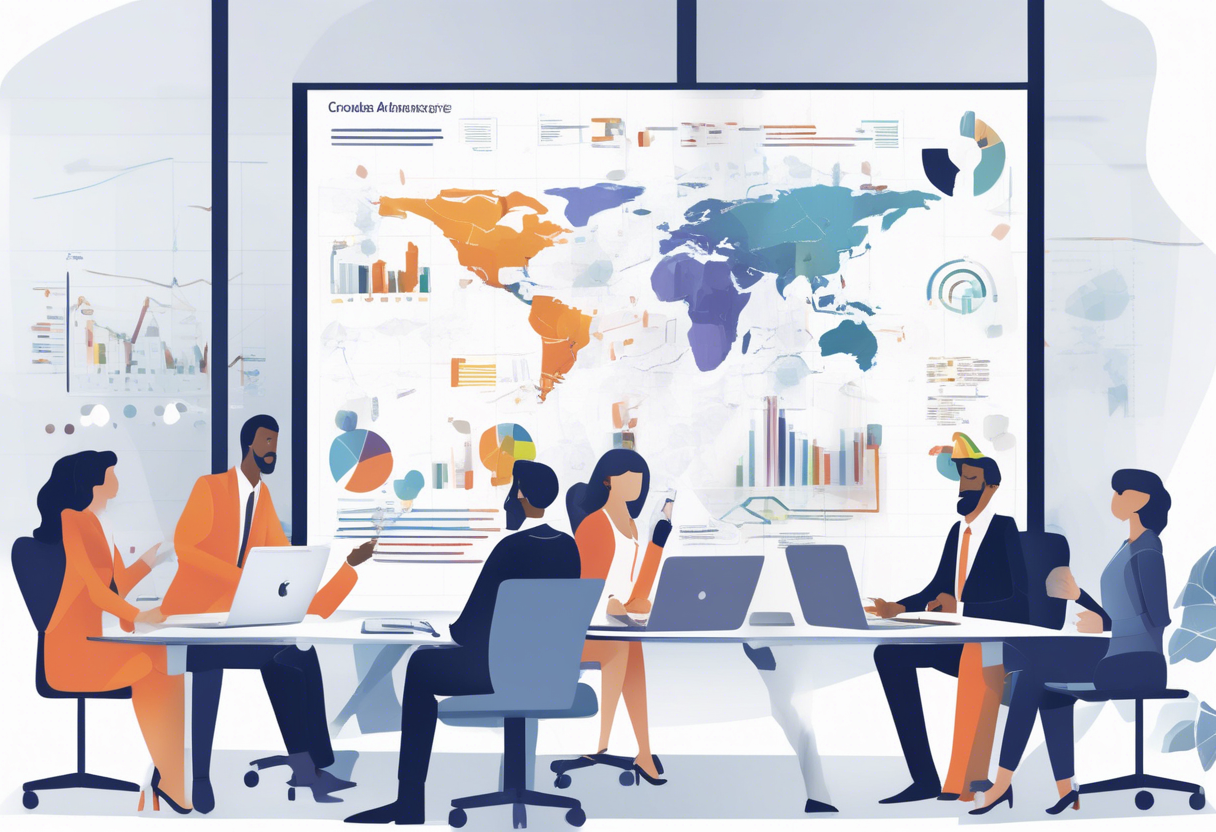
To keep pace with rapid technological and market changes, adaptability and flexibility are essential. Utilize tools such as:
- Predictive analytics
- Scenario-based planning
- AI modeling
These tools aid in creating a workforce plan that is both resilient and adaptable. By planning proactively and maintaining agility, you can reduce costs, enhance stability, uplift morale, and foster growth, ensuring you are prepared for whatever the future holds.
Conducting Workforce Gap Analysis
Identifying Workforce Gaps in Strategic Planning
To effectively identify workforce gaps, begin by setting clear goals and strategies for your organization. This foundational step helps in mapping out the necessary skills and expertise required.
Utilize tools such as:
- Performance reviews
- 360-degree feedback
- Skills assessments
These tools provide a comprehensive view of your team's capabilities. Additionally, surveys and self-assessments—with input from both managers and employees—can highlight perceived skill deficiencies.
Interviews and focus groups offer deeper insights into employee and manager perspectives on skill needs and mismatches. Creating a skills matrix is another strategic approach. It visually aligns the skills required for key roles with the existing capabilities of your team, making it easier to identify gaps.
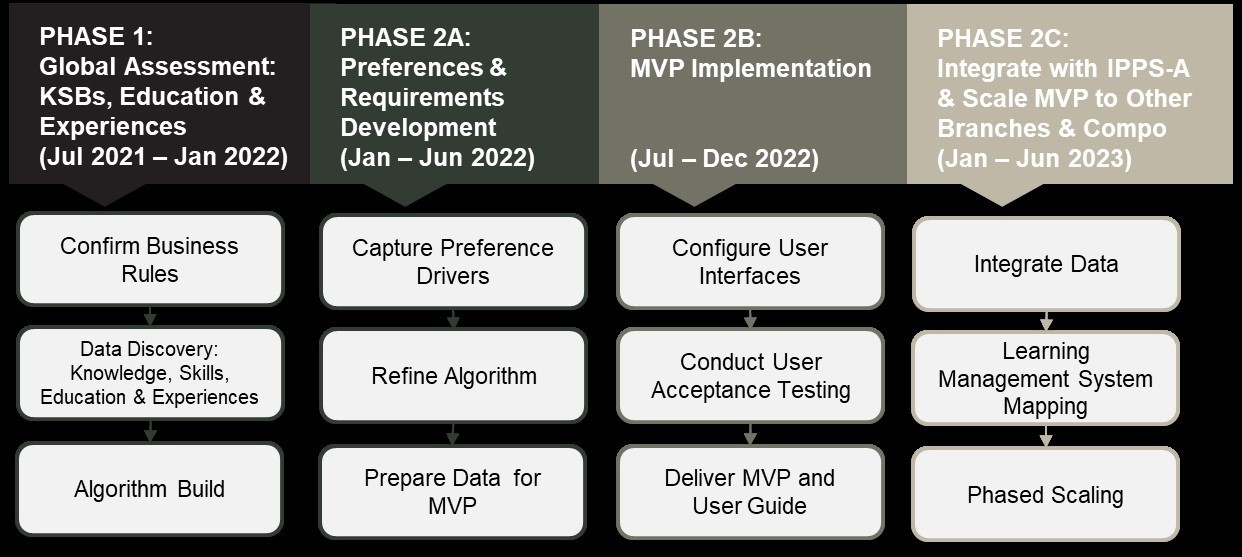
Furthermore, leveraging HR software and data analytics can streamline performance tracking, manage skills inventories, and ensure alignment during analysis.
Strategies for Addressing Workforce Gaps
After identifying the gaps, develop targeted training and development programs to bridge them. Use insights from the gap analysis to inform workforce planning, which aids in recruitment and preparing for future needs.
Continuously monitor skills and competencies to ensure your team evolves alongside organizational goals and industry changes. Engaging the entire team through collaboration tools ensures collective effort in closing these gaps.

For further guidance, explore resources like the NCWWI Workforce Planning Model Guide and AIHR Strategic Workforce Planning 101.
Strategic Workforce Planning for Future Success
Strategic Workforce Planning: Developing a Comprehensive Plan
Strategic workforce planning ensures that your team aligns with your long-term goals. It's about having the right people, with the right skills, in the right positions, exactly when you need them. This involves assessing your current talent pool and forecasting future needs to bridge any gaps.
By evaluating both current and future workforce requirements, you can identify skill shortages and prepare for upcoming demands. This planning should integrate with your business objectives and consider various scenarios over the next 3 to 5 years.
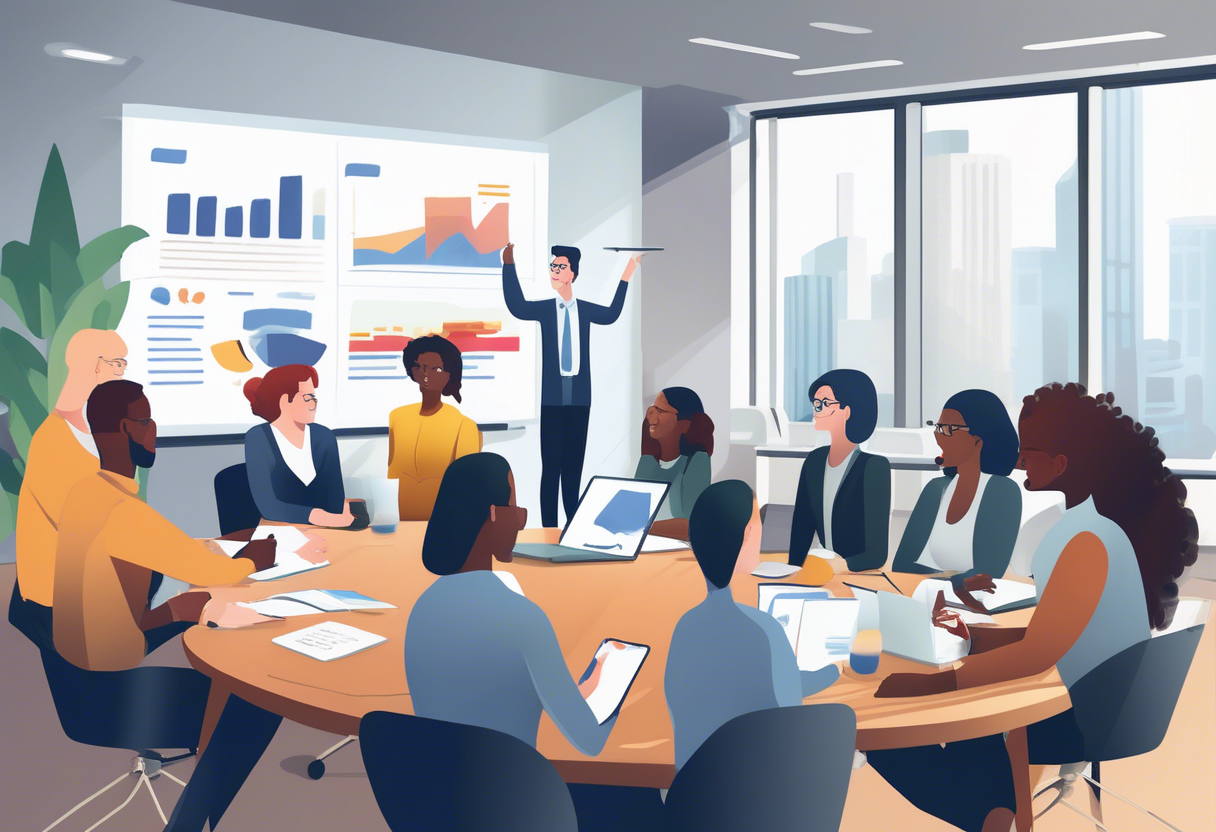
Example: A tech company might anticipate a future demand for AI and machine learning expertise. By planning now, they ensure they have the talent necessary for growth over the next five years.
Effective Strategies for Implementing Workforce Planning
Executing workforce planning involves keeping your strategy up-to-date. Markets evolve rapidly, employee expectations shift, and new technologies emerge frequently. By identifying skill gaps early and upskilling employees, you maintain a flexible and adaptable team.
This strategic approach allows for efficient spending on recruitment and training, ensuring cost-effectiveness. It's crucial for senior leadership to play a role, setting the tone for change and ensuring alignment with business strategies. This keeps your organization efficient and prepared for future challenges, especially with the rise of AI and automation.
Example: A manufacturing company might regularly adjust its workforce plan to adapt to new automation technologies by retraining staff, reallocating roles, and hiring new employees with digital expertise.
For further insights, explore these resources:
- Strategic workforce planning benefits
- Scenario planning for workforce alignment
- Workforce flexibility and efficiency
Leveraging Technology and Analytics in Strategic Workforce Planning
Technology's Impact on Strategic Workforce Planning
Technology plays a pivotal role in transforming workforce planning from a reactive approach to a proactive, data-driven strategy. It empowers organizations to automate tasks and gain real-time insights, facilitating smarter decision-making processes. Key technological tools include:
- Data Integration: Combine data from various HR systems.
- Workforce Analytics: Enhance decision-making with in-depth insights.
- Scenario Planning: Prepare for different workforce situations.
- Talent Management: Optimize the development and deployment of talent.
By leveraging data analytics, companies can anticipate labor market shifts and adjust workforce strategies proactively, such as through reskilling and broadening the talent pool.
Scenario planning, enhanced by analytics, allows organizations to explore various workforce scenarios, mitigating risks and capturing opportunities.
Transforming Workforce Planning with AI Platforms
AI platforms, such as Nestor, are revolutionizing workforce planning by emphasizing skills and capabilities over mere headcounts. Nestor employs multi-dimensional skills assessments, including self-evaluations and peer feedback, to maintain an up-to-date inventory of employee skills. Key features of Nestor include:
- AI Analytics: Map capabilities and identify skill gaps.
- Targeted Development: Implement alternative talent strategies.
- Continuous Learning Paths: Align with future skill needs and support workforce agility.

This fine-tunes workforce capabilities to meet future demands, ensuring a competitive and adaptable workforce.
Managing Change in Strategic Workforce Planning
Strategic Workforce Planning Change Management
Implementing strategic workforce planning (SWP) within a company requires effective change management strategies. This involves managing both technological aspects and cultural shifts to ensure a smooth transition. Resistance can arise due to unfamiliarity, job security concerns, or discomfort with new technologies.
Key Elements of Change Management:
- Engagement and Involvement: Actively involve employees to address concerns and facilitate acceptance.
- Cultural Fit: Ensure that SWP aligns with the company’s existing culture, especially if it is strong.
- Structured Approach: Develop a comprehensive plan that includes role modeling, skill-building, and continuous monitoring.
A dedicated team of HR and business leaders is essential to integrate SWP into daily operations and promote cultural change.
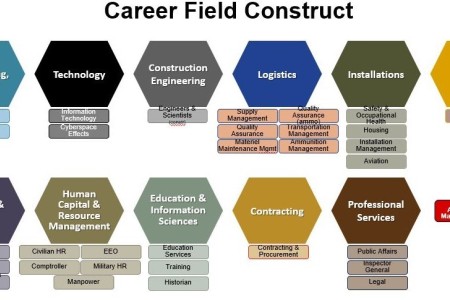
Communicating Strategic Workforce Plans Effectively
The foundation of strategic workforce planning is aligning business goals with workforce needs. Clear communication with key stakeholders is vital to this process.
Strategies for Effective Communication:
- Transparency: Share insights on current workforce skills and gaps to illustrate the necessity of workforce plans.
- Alignment: Demonstrate how SWP aligns with business objectives and employee roles to minimize resistance.
- Ongoing Dialogue: Maintain continuous communication through success stories and updates to emphasize the importance of workforce planning.
Workforce plans should remain adaptable to changes in the business environment.
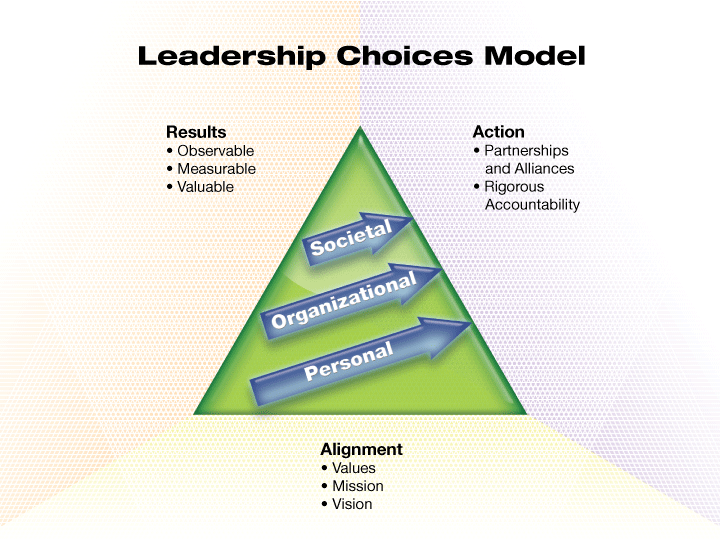
Strategic Workforce Planning Amid Emerging Trends
AI, Remote Work, and Gig Economy in Workforce Planning
Highlight Section:
Artificial Intelligence (AI) has revolutionized workforce planning by automating repetitive tasks, predicting future workforce needs, and providing data-driven insights for strategic decision-making. Companies are increasingly leveraging AI to optimize their talent acquisition processes, enhance employee engagement, and improve overall productivity. AI-powered tools can analyze vast amounts of data to identify skill gaps, forecast demand for specific roles, and suggest personalized learning paths for employees.

The rise of remote work has further influenced workforce planning strategies. Organizations are now more focused on creating flexible work environments that accommodate remote teams. This shift has led to the development of new policies and technologies to support virtual collaboration, ensuring that remote employees remain connected and productive. Moreover, remote work has expanded the talent pool, allowing companies to hire skilled professionals from across the globe without geographical constraints.
In parallel, the gig economy is reshaping traditional employment models. More individuals are opting for freelance or contract work, seeking flexibility and autonomy in their careers. Businesses are adapting by integrating gig workers into their workforce planning, which allows them to scale their operations up or down based on project demands. This trend has necessitated the creation of robust systems for managing and engaging with a diverse and dynamic workforce.
As AI, remote work, and the gig economy continue to evolve, organizations must remain agile and proactive in their workforce planning efforts. Embracing these trends can lead to a more efficient, adaptable, and competitive workforce, ready to meet the challenges of the future.
FAQs
Align Workforce Strategy with Long-Term Goals
Aligning your workforce strategy with your organization's long-term goals involves strategic workforce planning. This process matches your talent strategy with business objectives by identifying future staffing needs and crafting action plans to meet them.
- Assess Current Workforce: Begin by evaluating your current team's skills, roles, performance, and demographics to identify strengths and gaps.
- Anticipate Future Needs: Consider future requirements based on business goals, growth projections, and market trends.
- Develop a Business Case: Create a compelling business case that links workforce planning to organizational strategy to engage stakeholders.
- Create a Detailed Plan: Develop a plan with specific actions, timelines, and metrics.
- Involve Leadership: Ensure workforce planning is integrated into strategic business planning with senior leadership setting the agenda.
Aligning talent strategies with long-term goals enhances organizational agility, reduces costs, addresses skill gaps, and improves workforce stability and morale.
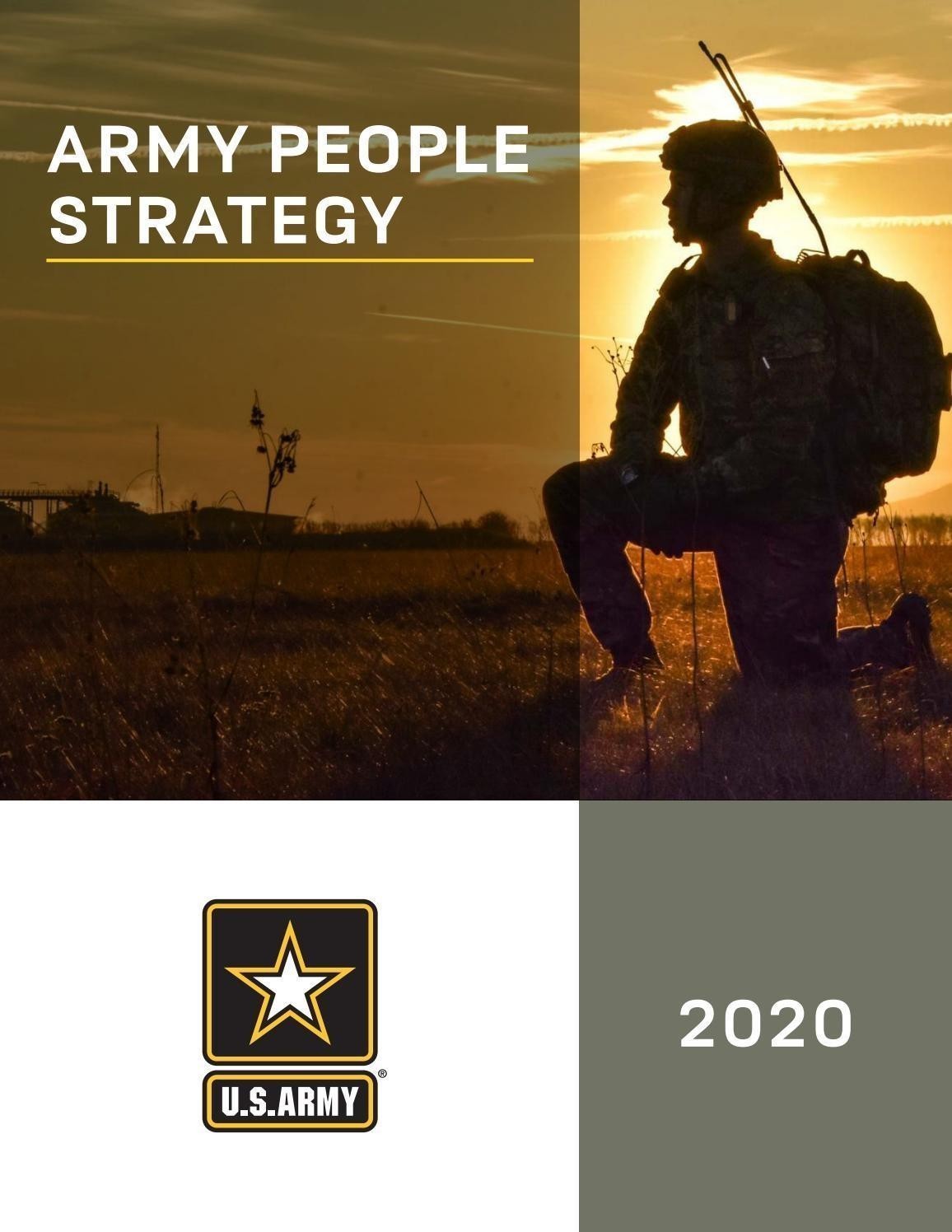
For more insights, check out Orgvue.
Best Practices for Workforce Gap Analysis
Conducting a workforce gap analysis involves several key steps:
- Assess Current Capabilities: Evaluate your workforce's current capabilities, roles, and demographics to understand existing skills and performance levels.
- Forecast Future Needs: Analyze business goals, growth projections, market trends, and potential disruptions to predict future workforce requirements.
- Identify Gaps: Determine the differences between current capabilities and future needs.
- Analyze External Trends: Examine industry shifts, competitive dynamics, technological changes, and labor market conditions that impact workforce needs.
- Scenario Planning: Use scenario planning to explore different future possibilities, allowing for flexible workforce plans.
Strategic workforce planning is a continuous process of comparing current capabilities with future needs, identifying skill and resource gaps, and determining how to bridge them.
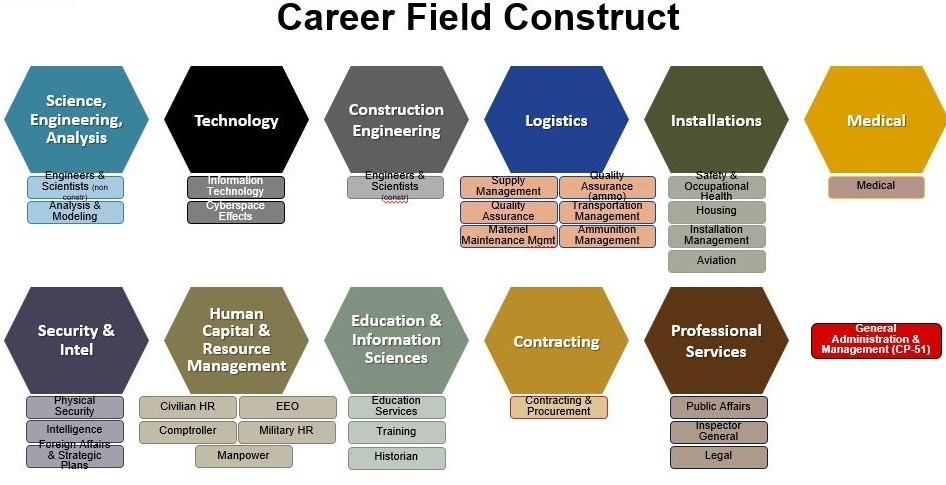
For more details, visit SHRM.
Enhance Workforce Planning with Predictive Analytics
Predictive analytics enhances workforce planning by utilizing data analysis and modeling to forecast future needs, skill demands, and potential gaps. This approach makes planning more accurate and proactive.
- Simulate Scenarios: Predictive analytics allows you to simulate various future scenarios, assessing the impact of new technologies, market changes, and evolving skill needs on workforce demand.
- Enhance Precision and Adaptability: By leveraging AI and data-driven platforms, your workforce planning becomes more precise and adaptable, keeping your business agile and competitive.
- Gain a Competitive Edge: Although not widely adopted, predictive workforce planning offers a significant advantage for early adopters.
For more information, head over to Deel.